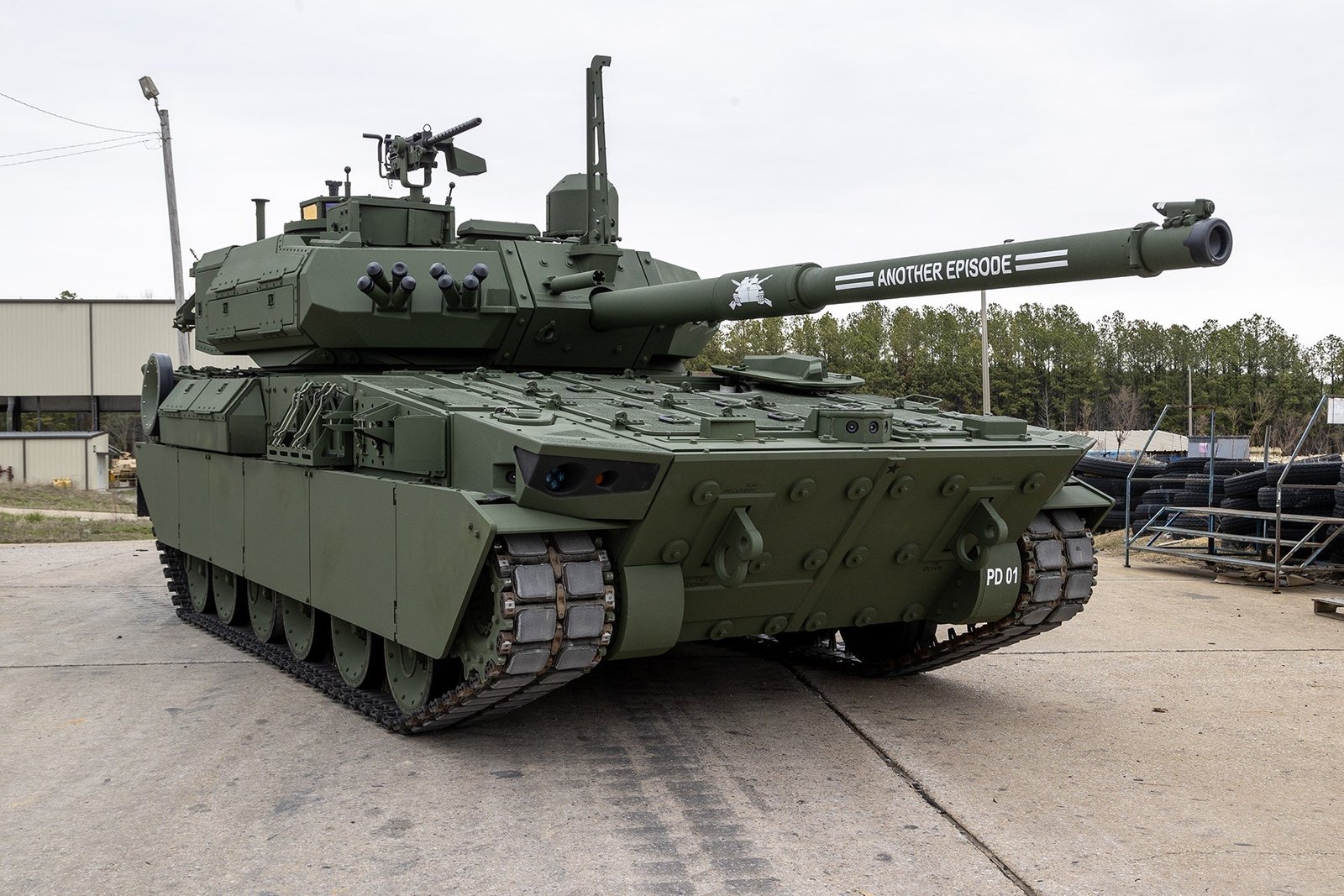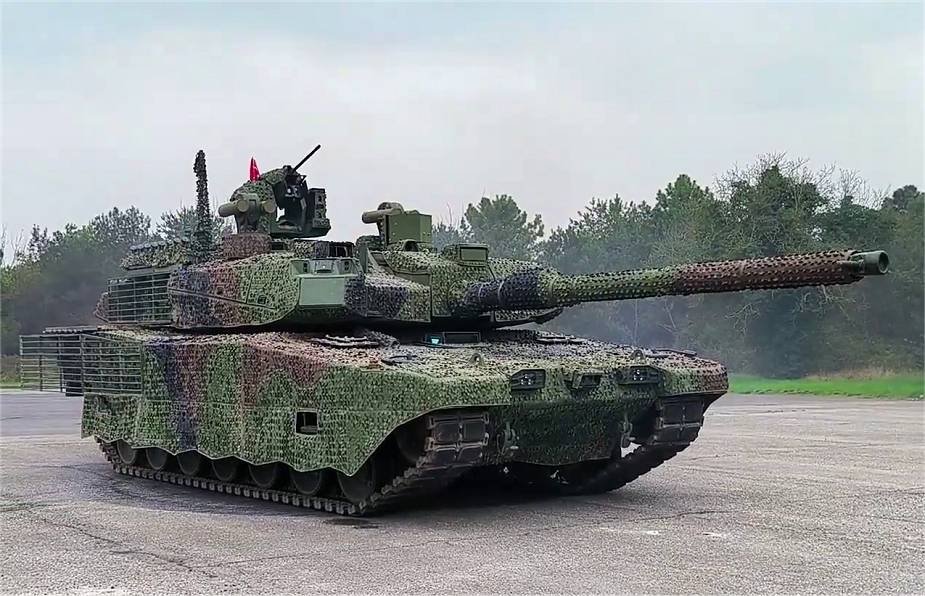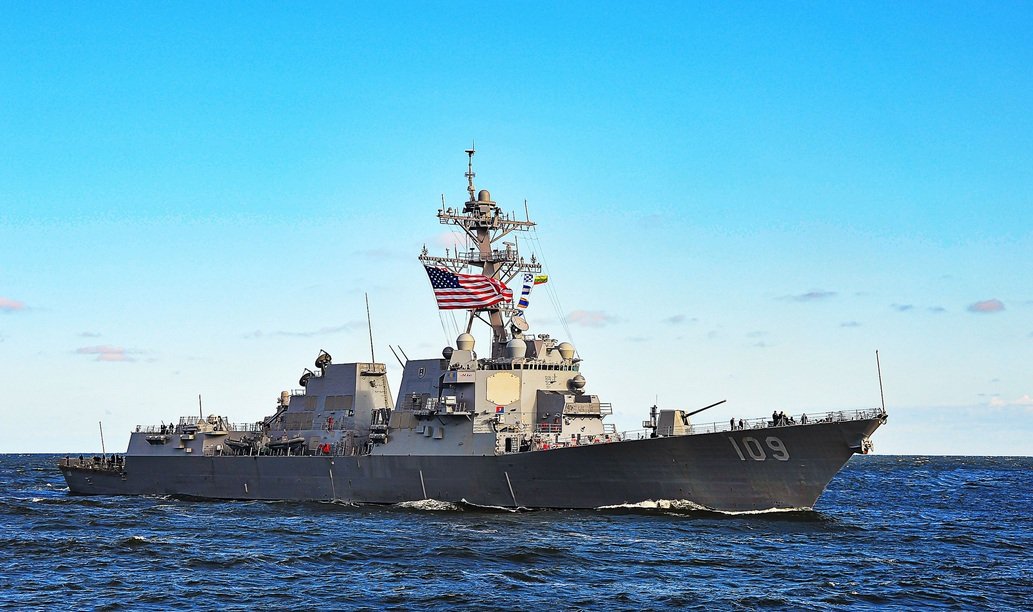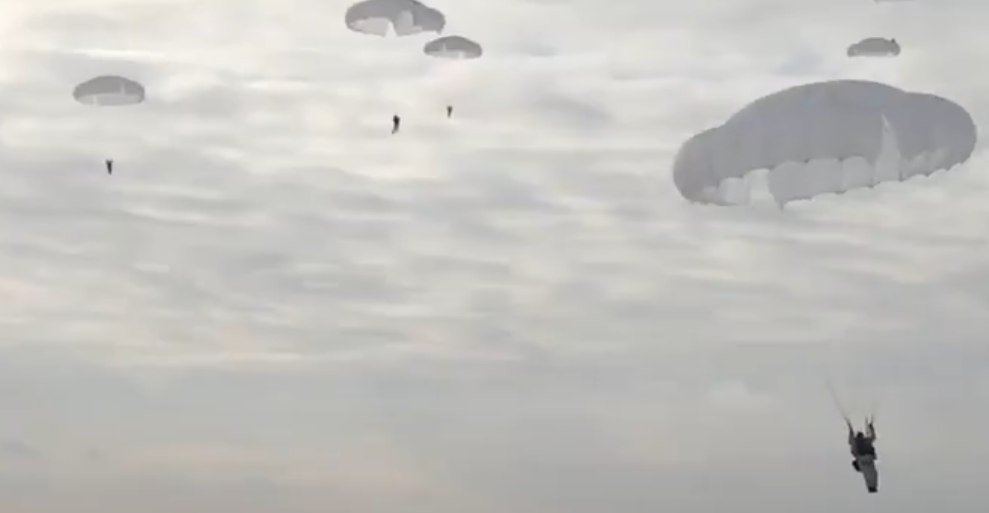
P8 – anti-drone hybrid tank ultralight from Indonesia
Jakarta, June 14, 2025 – A very unusual product from the domestic company SSE (apparently an abbreviation for PT Surya Sentra Ekajaya Defence) was presented at the Indo Defence Expo and Forum 2025. It is an extremely light P8 tank, which was developed in cooperation with the Cavalry Armament Development Center (Pussenkav – practically a rapid reaction force, for which the P8 is intended to be a force multiplier).
The vehicle apparently has a full combat weight of 12 tons, although lower figures of up to 7.5 tons appeared in Indonesia during the development process. This provides it with extreme strategic mobility, especially the ability to move quickly by air, for example with the help of C-130J-30 Super Hercules transport aircraft of the Indonesian Air Force. In addition, the vehicle is amphibious.
The drive is allegedly provided by a diesel-electric hybrid with an output of 450 horsepower, which gives the vehicle a huge surplus of power, or rather considerable specific power. Some sources state that the tank reaches a maximum speed of up to 105 km/h and understandably has excellent acceleration and low fuel consumption. Another advantage of the hybrid drive is the operation with a reduced thermal and acoustic signature, which makes it difficult to detect the tank in combat scenarios. The tracked chassis is designed to ensure maneuverability in various natural conditions found in Indonesia, including jungles, swamps and mountains. There are only four pairs of running wheels with hydropneumatic suspension.
The vehicle’s armor is understandably weaker with a level of protection at the STANAG 2 level with a maximum possible increase to STANAG 4. The question is whether it makes sense to compare the P8 light tank with Western main battle tanks such as the Leopard 2 or Challenger 2. With exaggeration, we can say that the P8 should not be dropped to such an extent.

The main threat on the battlefield today is drones, and the P8 is classified by the manufacturer as an anti-drone tank. It is supposed to be equipped with a complex of sensors and weapons located mainly in an unmanned turret. The main weapon of the tank should be an automatic rapid-fire cannon of 30 millimeters. It is apparently a weapon with a long barrel, i.e. a caliber of 30×165 mm Soviet or 30×173 mm NATO. However, during the development process, there were apparently also intentions to use a weapon station with a 30×113 mm caliber weapon, which was originally intended for the cannon of the AH-64 Apache attack helicopter. Later, ground applications were developed on its platform, some of which were primarily intended to combat drones.
However, a more powerful weapon was installed on the exhibited vehicle, which allows the destruction of lightly armored armored vehicles and fortifications. A coaxial machine gun of 7.62×51 mm caliber is coupled to the cannon. According to some information, there is preparation on the sides of the turret for the installation of fire-and-forget anti-tank guided missiles, but according to the author, the space should be given to a rocket launcher with five tubes for relatively cheap 70 mm caliber guided missiles, which were created by modifying unguided air missiles and would also be used mainly for destroying heavier drones. The tank should also have 8 smoke grenade launchers of 81 mm caliber according to NATO standards.
According to observers, the disadvantage of the armament complex is the low supply of ammunition in the magazine for the main gun, according to some experts, it is only 30-40 rounds, in fact, the capacity is 50 rounds.
The turret is to have a remotely controlled commander’s panorama, an element that is still missing from many main battle tanks and infantry fighting vehicles today. On the P8, it is supplemented by day and night cameras and a situational awareness periscope on the hull, as well as a laser radiation detector and an acoustic station determining the direction of incoming fire. A completely above-standard is the installed multi-purpose 4D radar, apparently intended mainly for searching for drones.
The tank has extensive communication equipment, preparation for involvement in network centric warfare and the installation of an active defense system. We’ll see how the P8 will prevail.
The Indonesian army traditionally has a diverse arsenal from different parts of the world, which is further enhanced by the maintenance of older weapons. The ground forces have 103 Leopard 2 tanks, of which 42 are Leopard 2A4+ versions and 61 Leopard 2RI modified with additional armor, as well as 10 support vehicles that Indonesia acquired from German surpluses after the end of the Cold War. Unlucky Slovakia is still preparing to purchase 104 new main battle tanks. Tank manufacturers do not have to worry about a piece of bread for the time being, as there are still fully consolidated interested parties in the world.
The ground forces have recently received the Harimau medium tank, which is essentially a Turkish Kaplan-MT tank manufactured in Indonesia by Pindad. The vehicle weighs over 30 tons and its main weapon is a 105 mm tank gun in a Cockerill 3105 turret.
Harimau tank:
The Indonesian army also has 90 British FV101 light tanks, which have been given a more powerful armament in the form of a 90 mm gun. In addition, about 120 of the 305 French AMX-13 light tanks are also in service, probably only the version with a 105 mm gun. The AMX-13 tanks are to be replaced by the aforementioned Harimau. The Indonesian Marine Corps has 86 Soviet PT-76 light tanks, partially modernized by the Ukrainian company Ukrspecexport. Also some AMX-10 vehicles with a 90mm cannon and Russian BMP-3F infantry fighting vehicles with improved seaworthiness.



Erik Simon


















